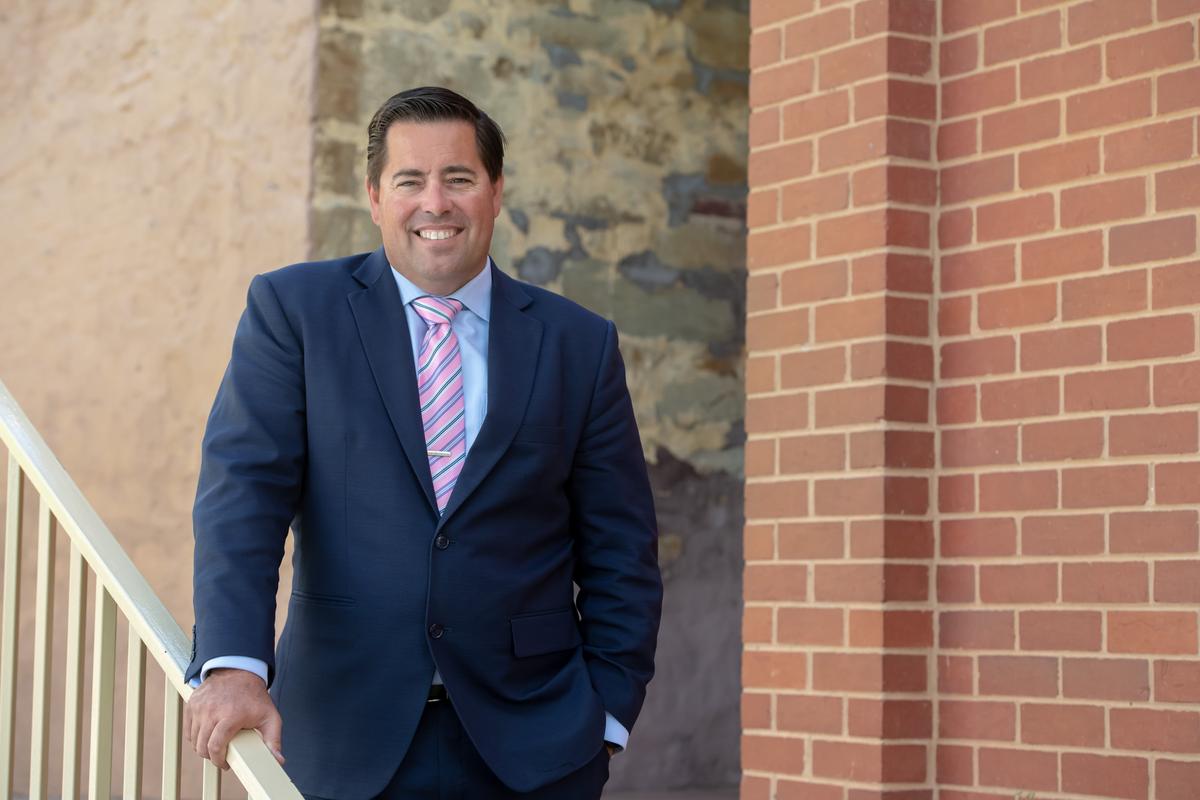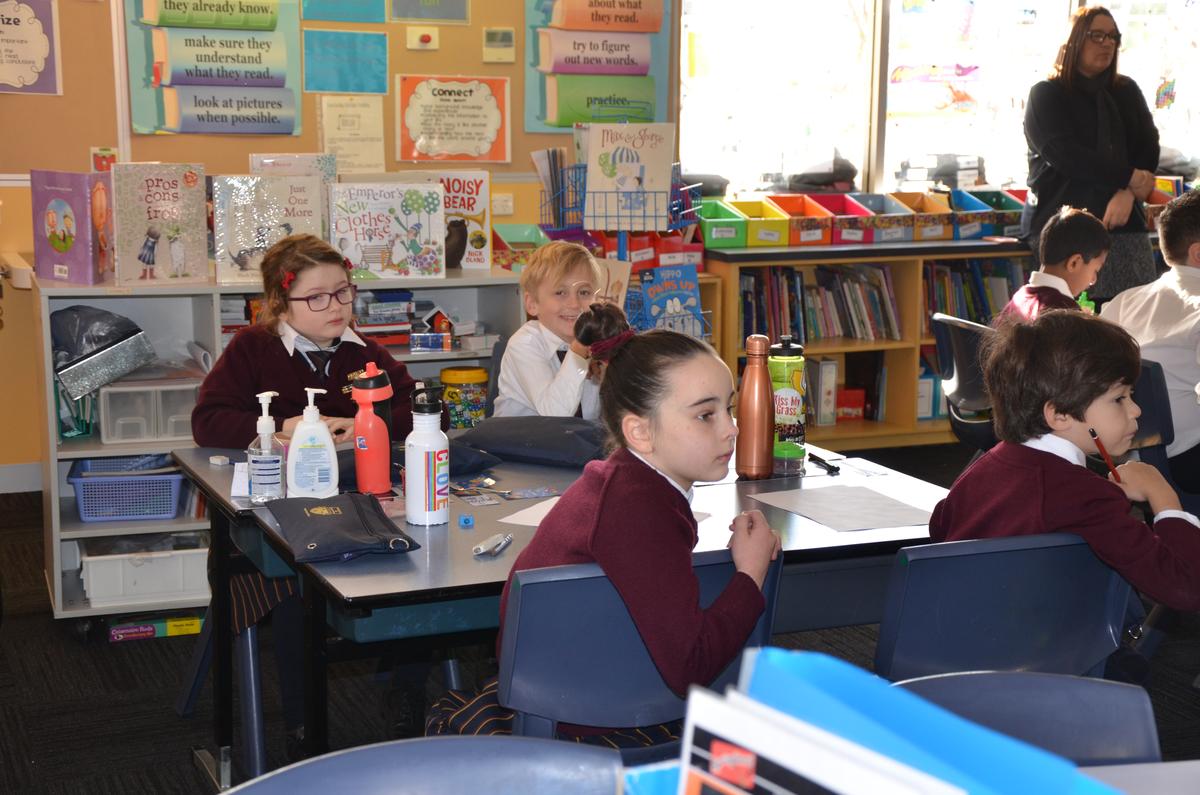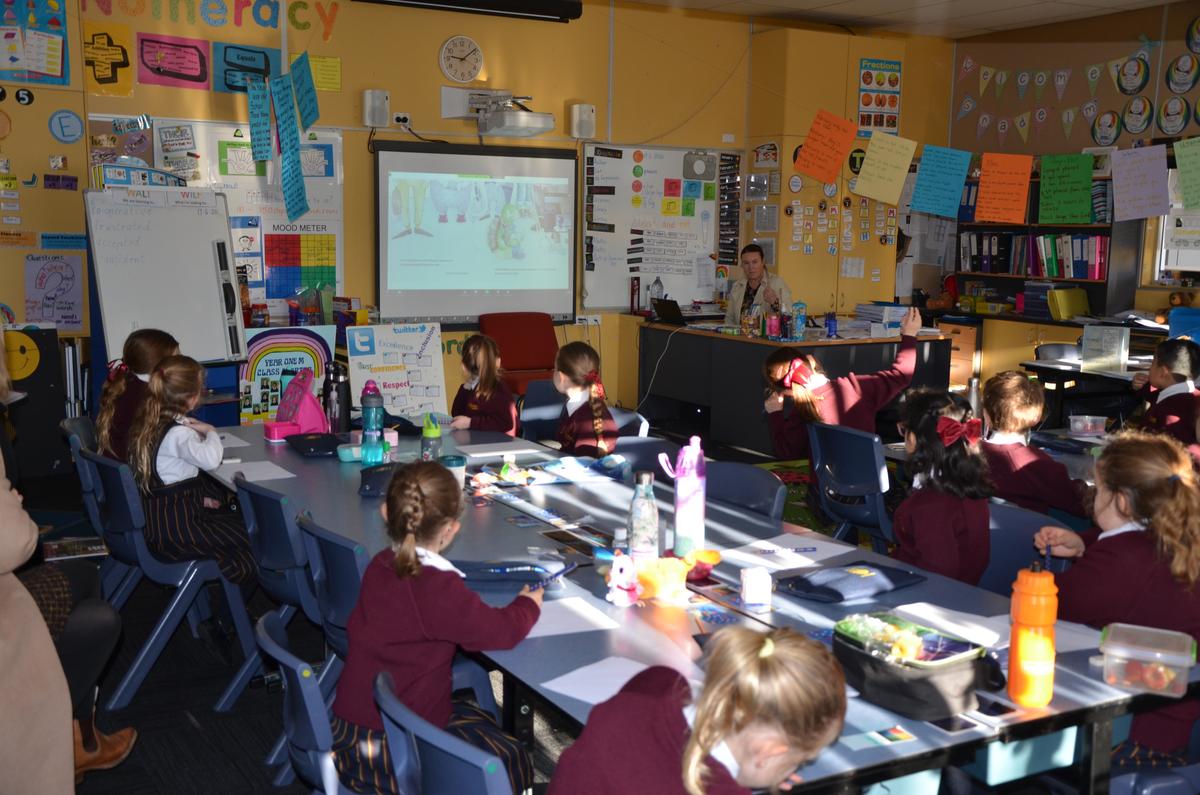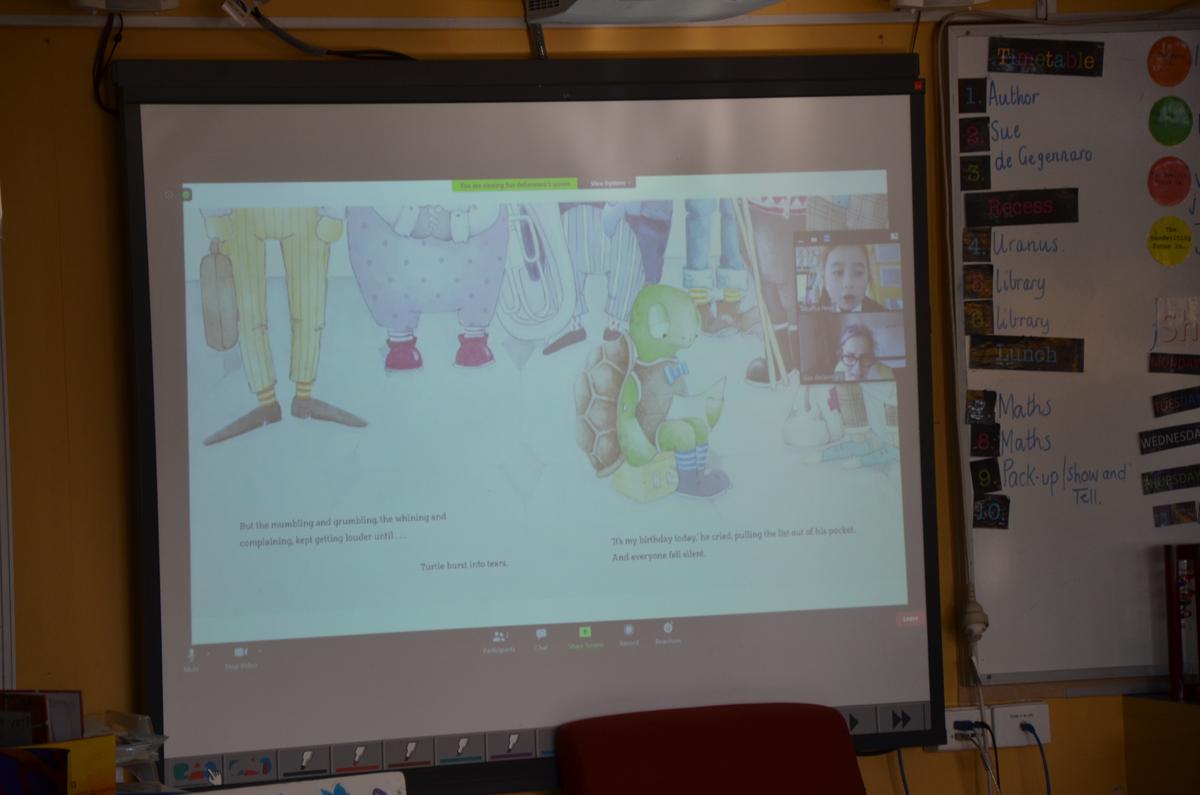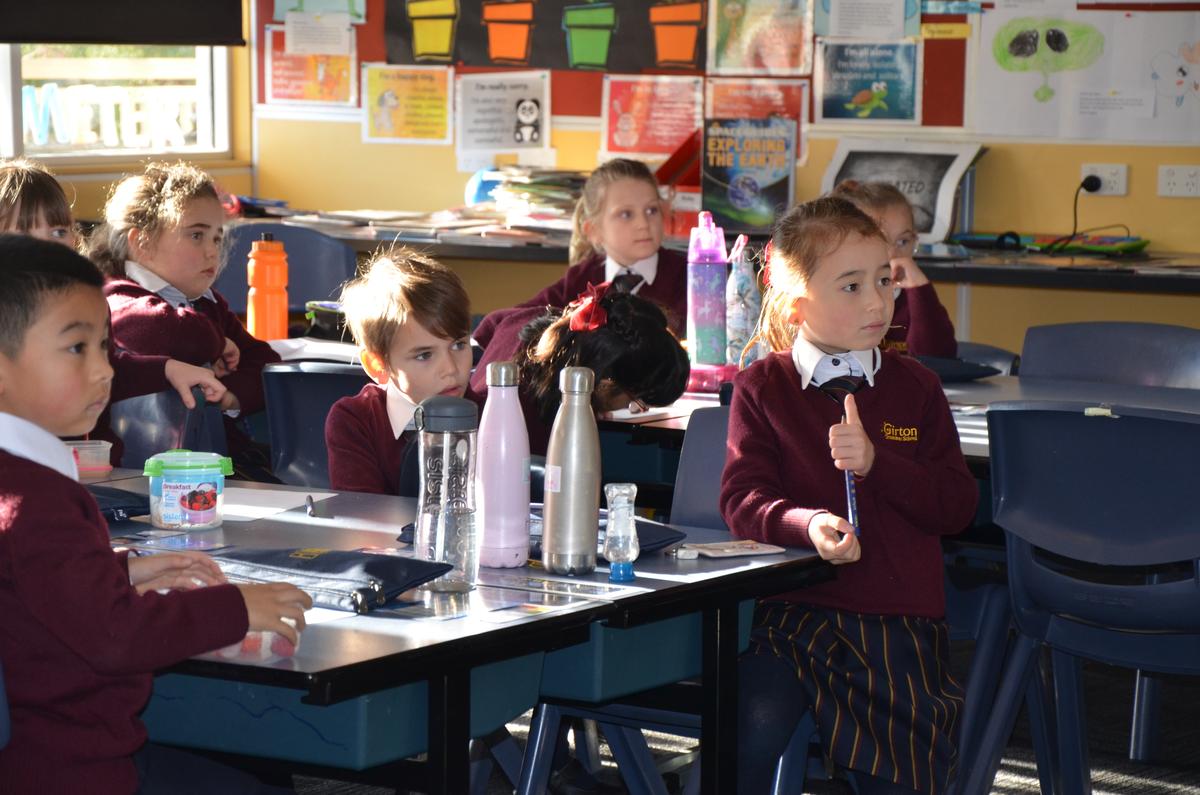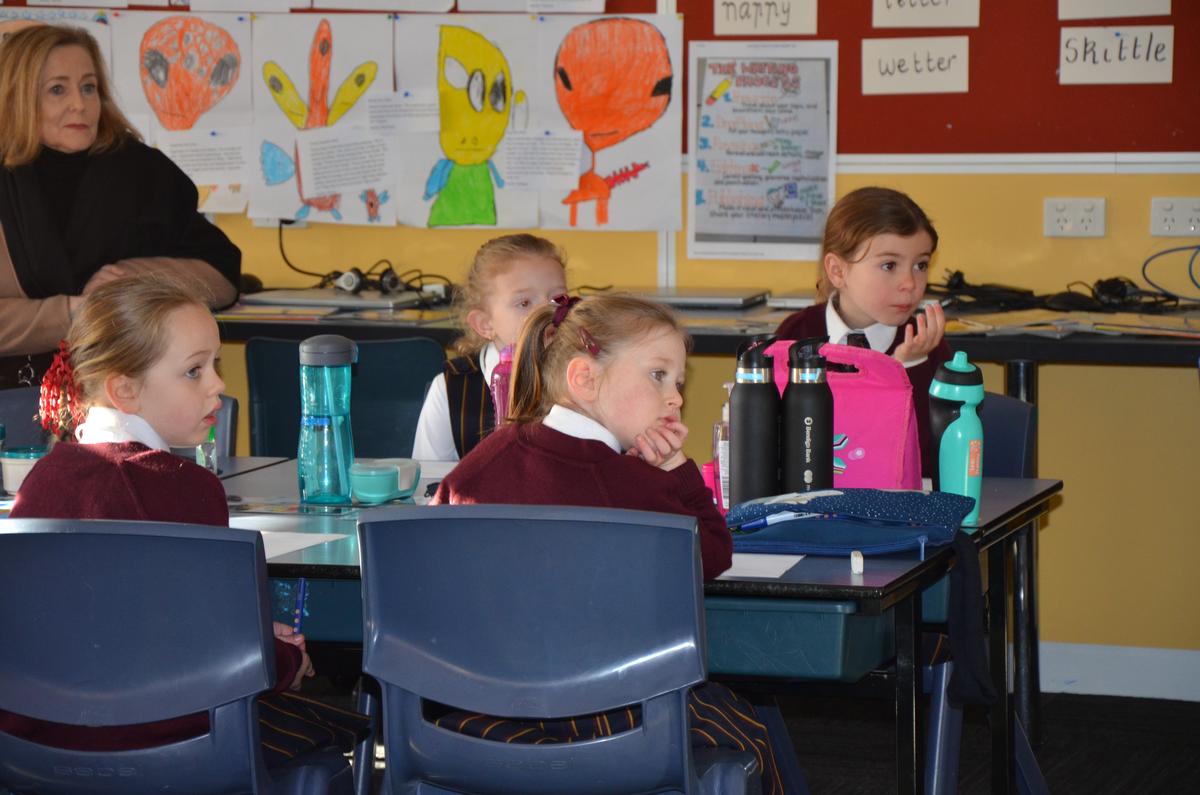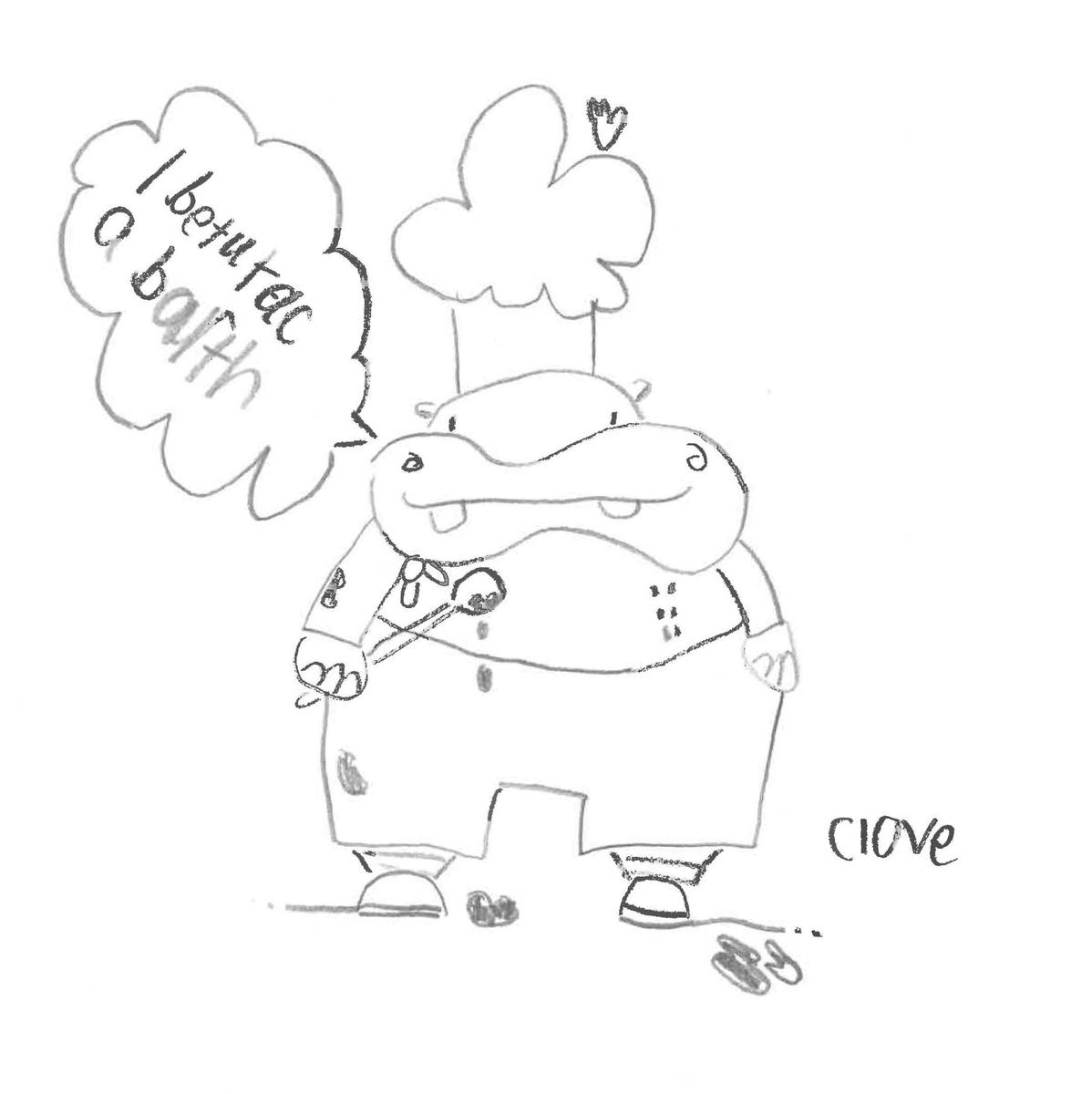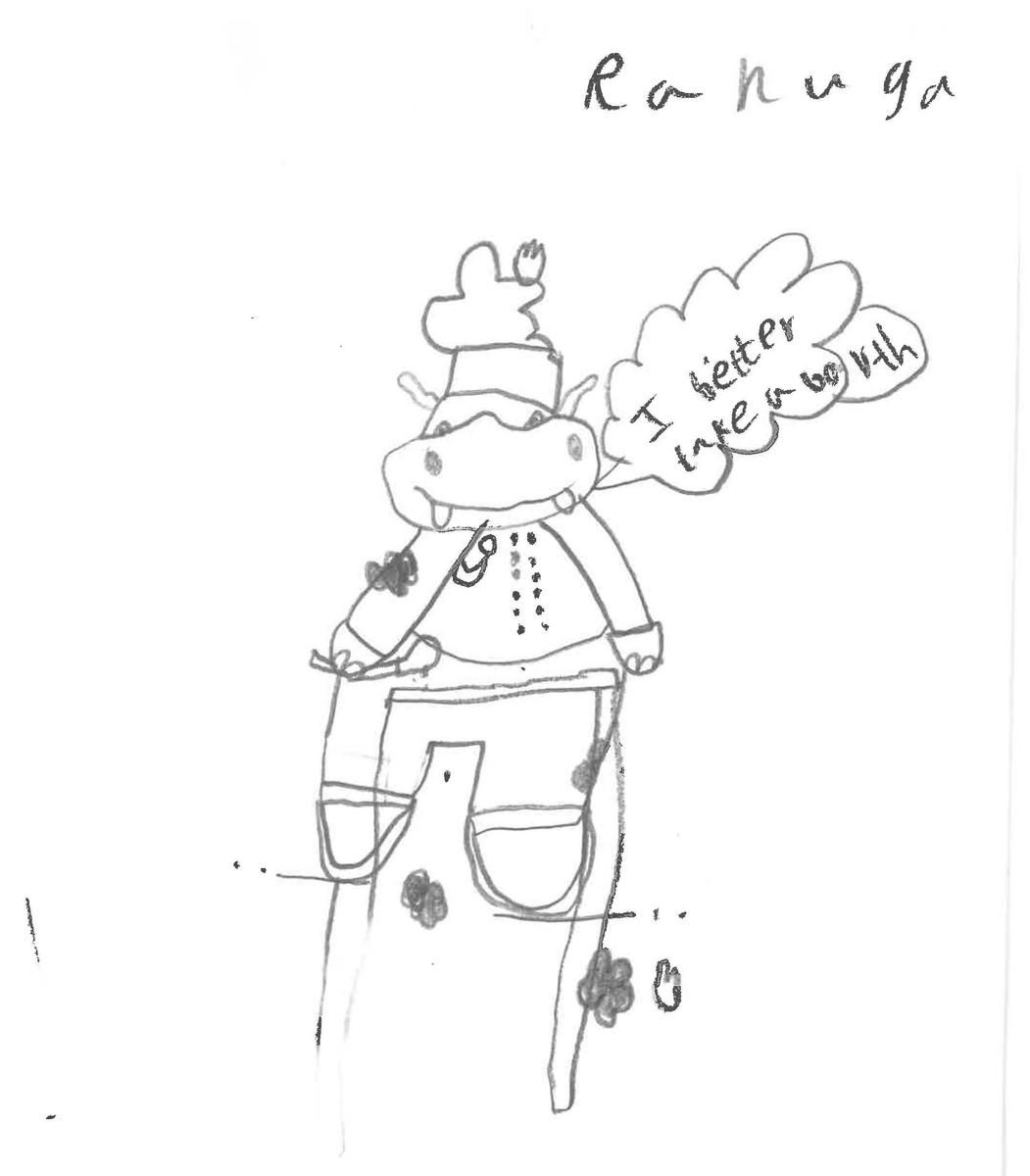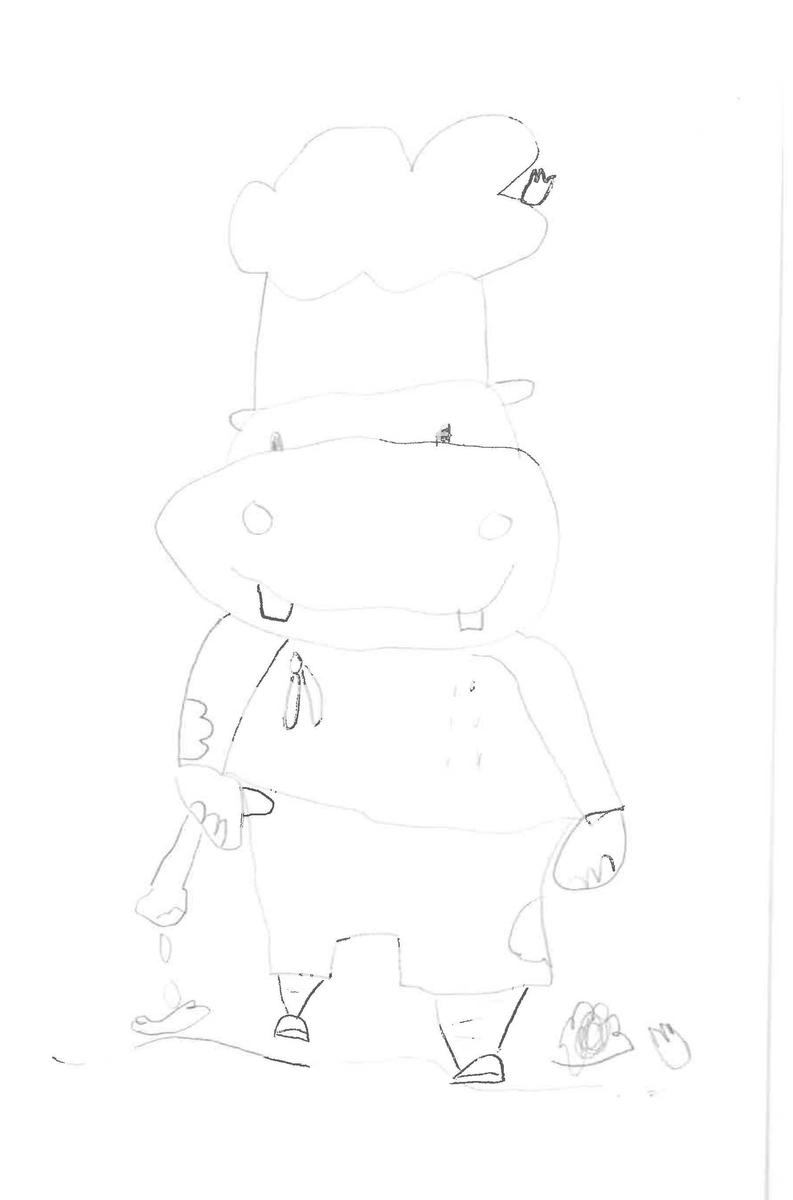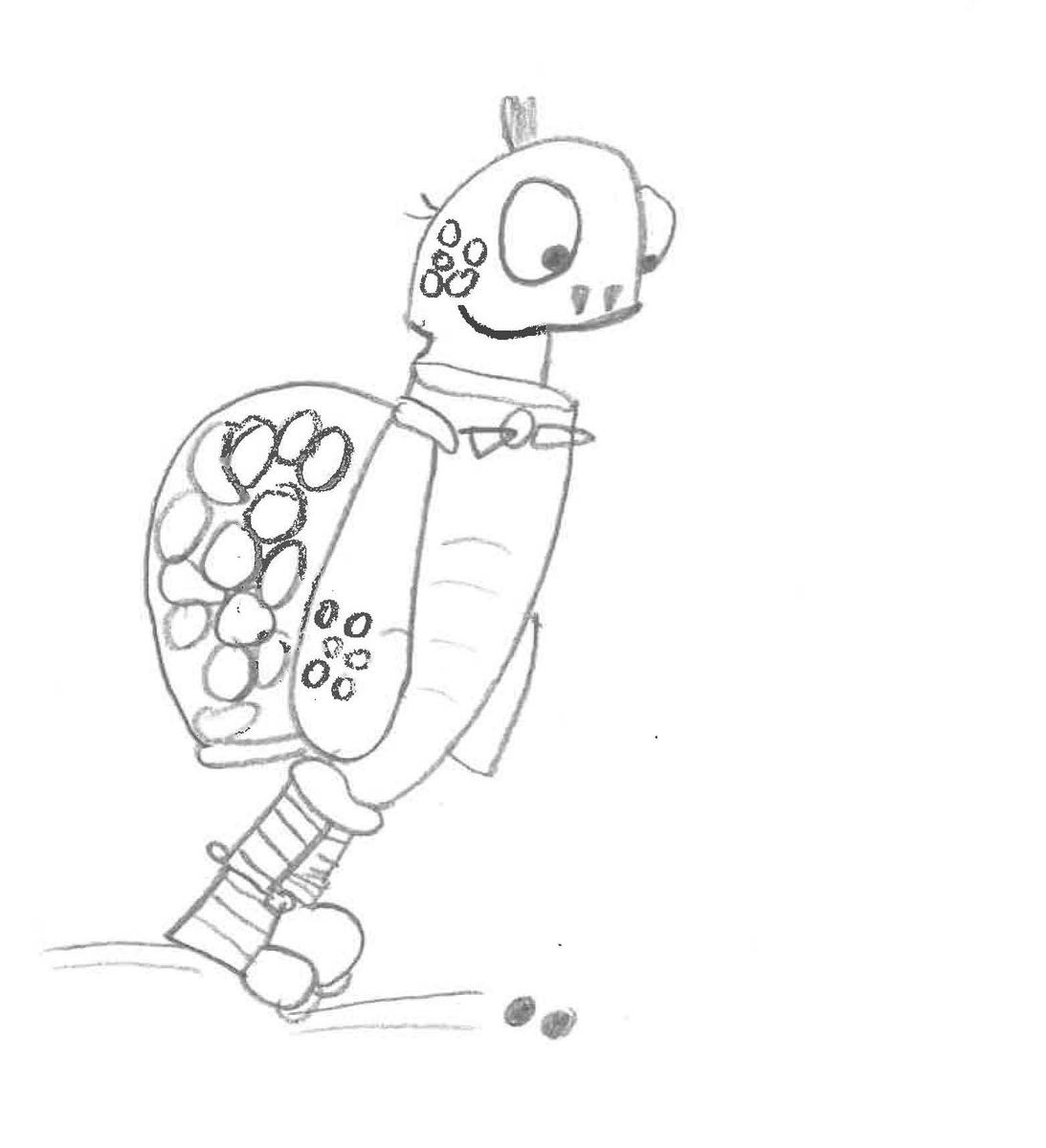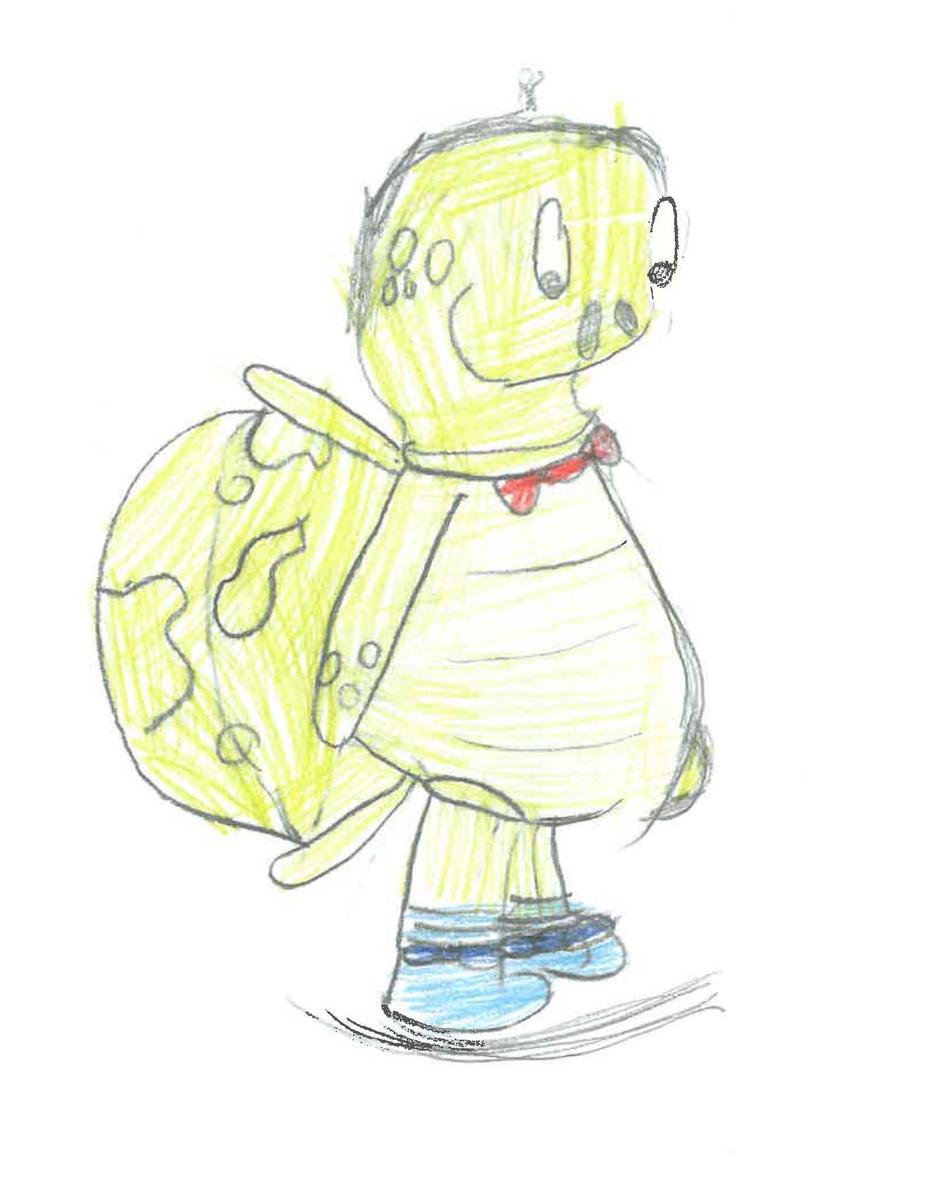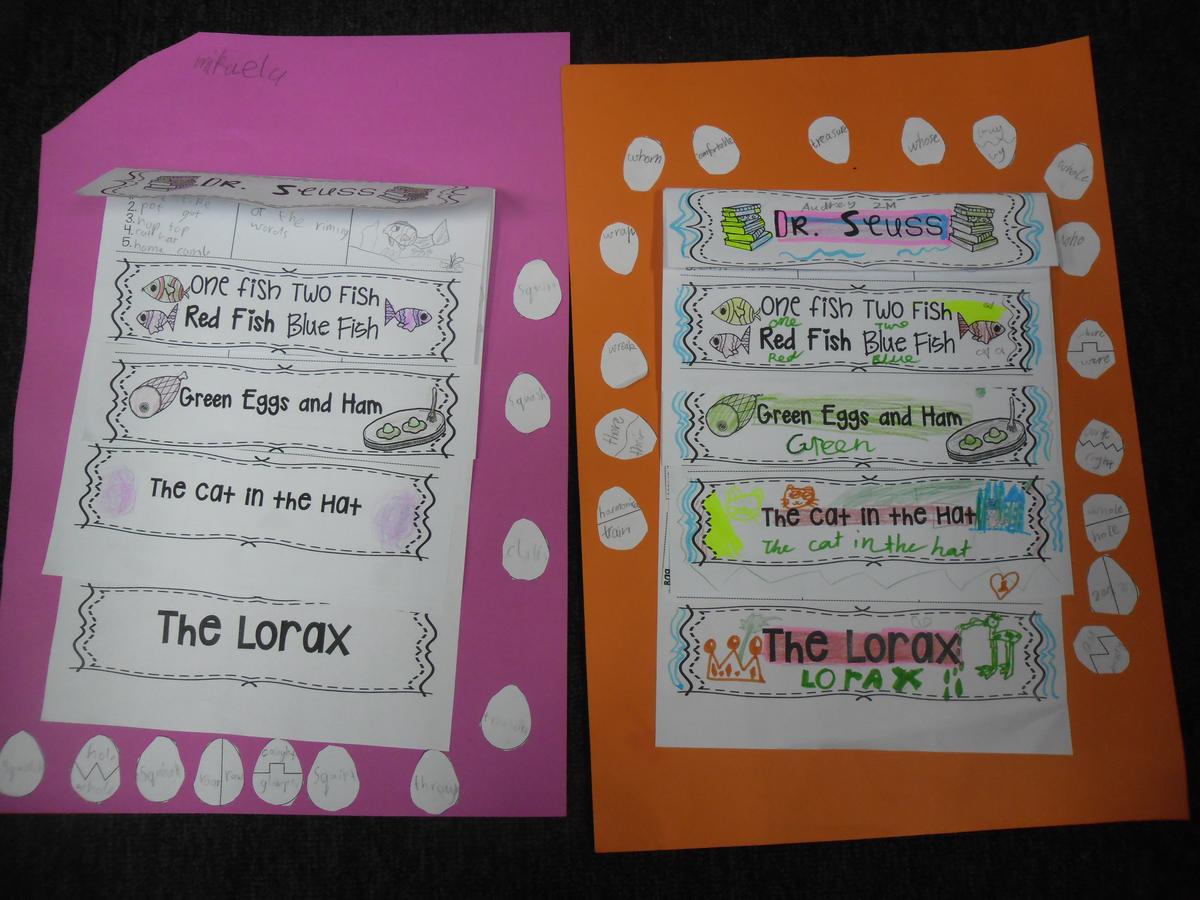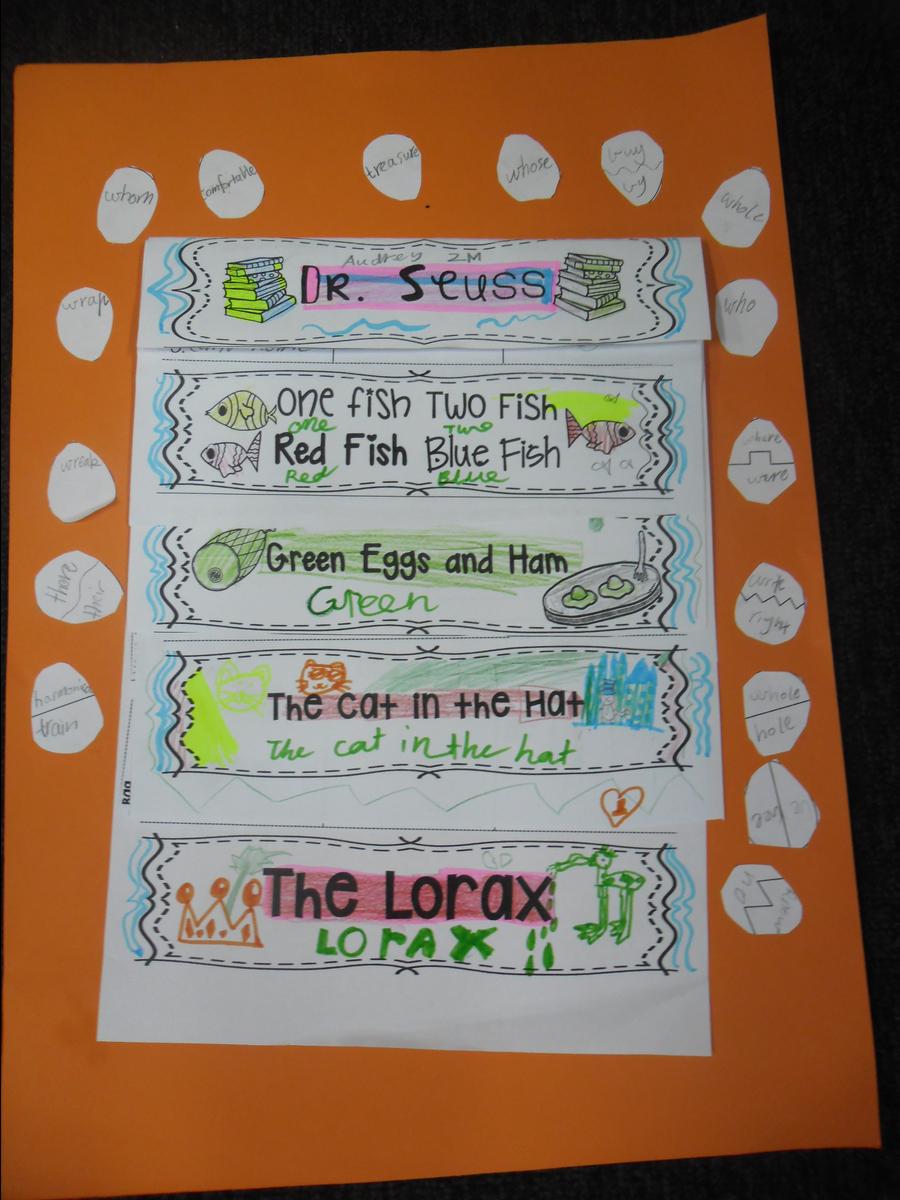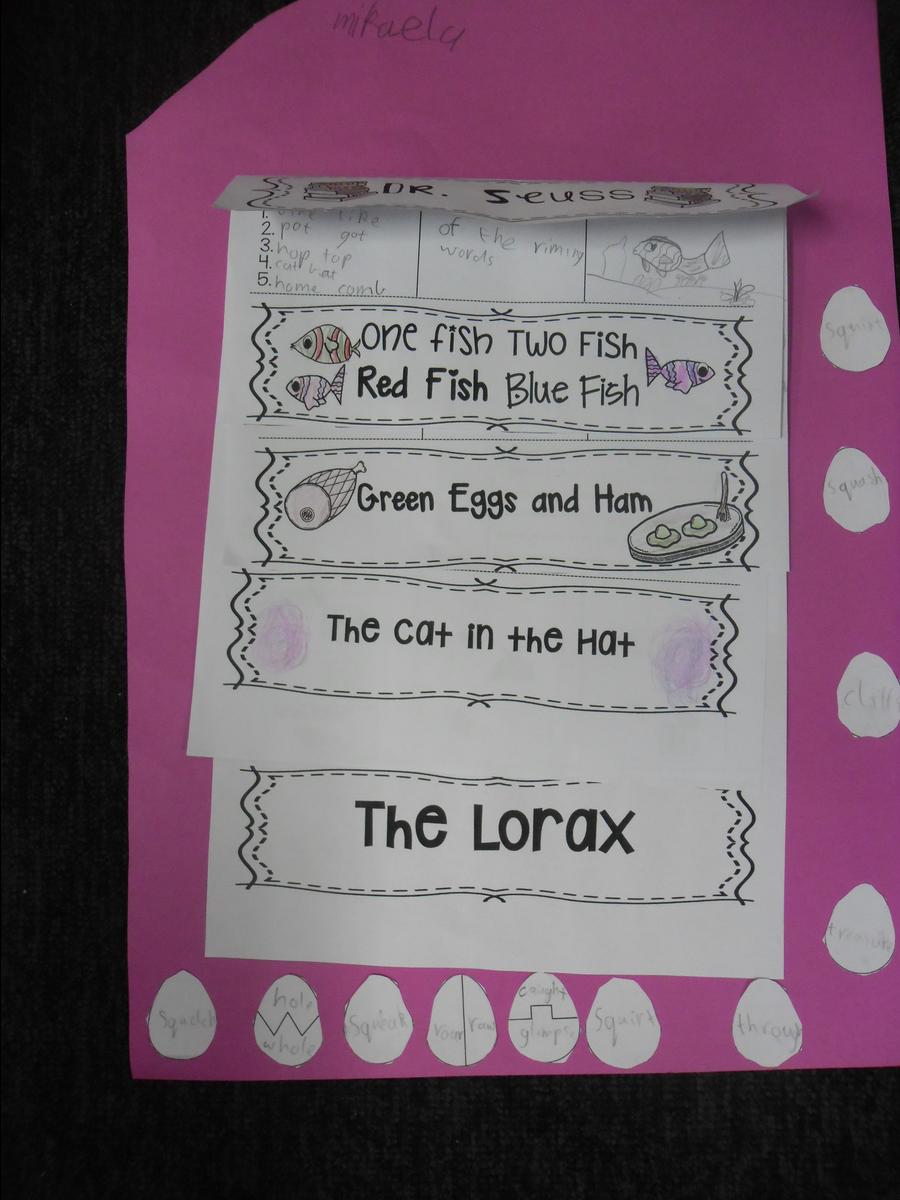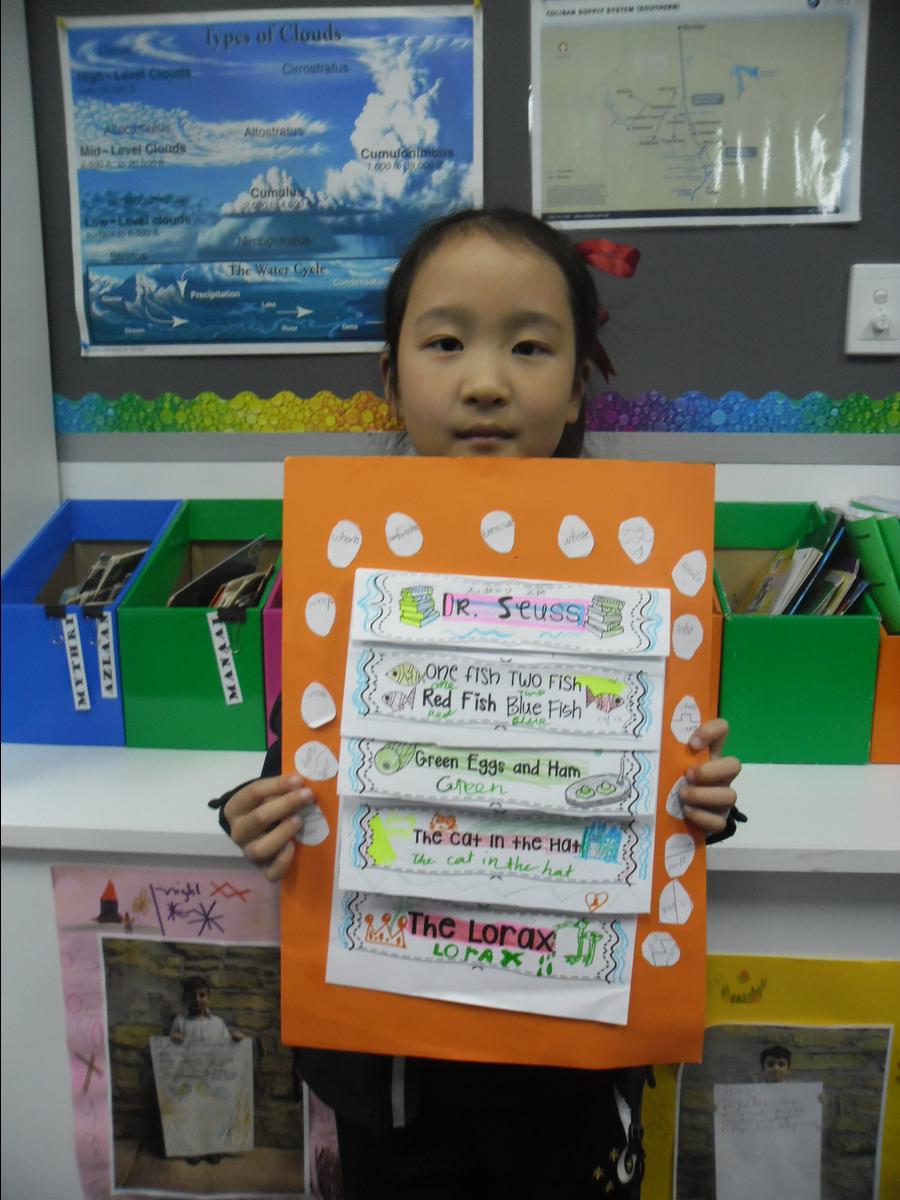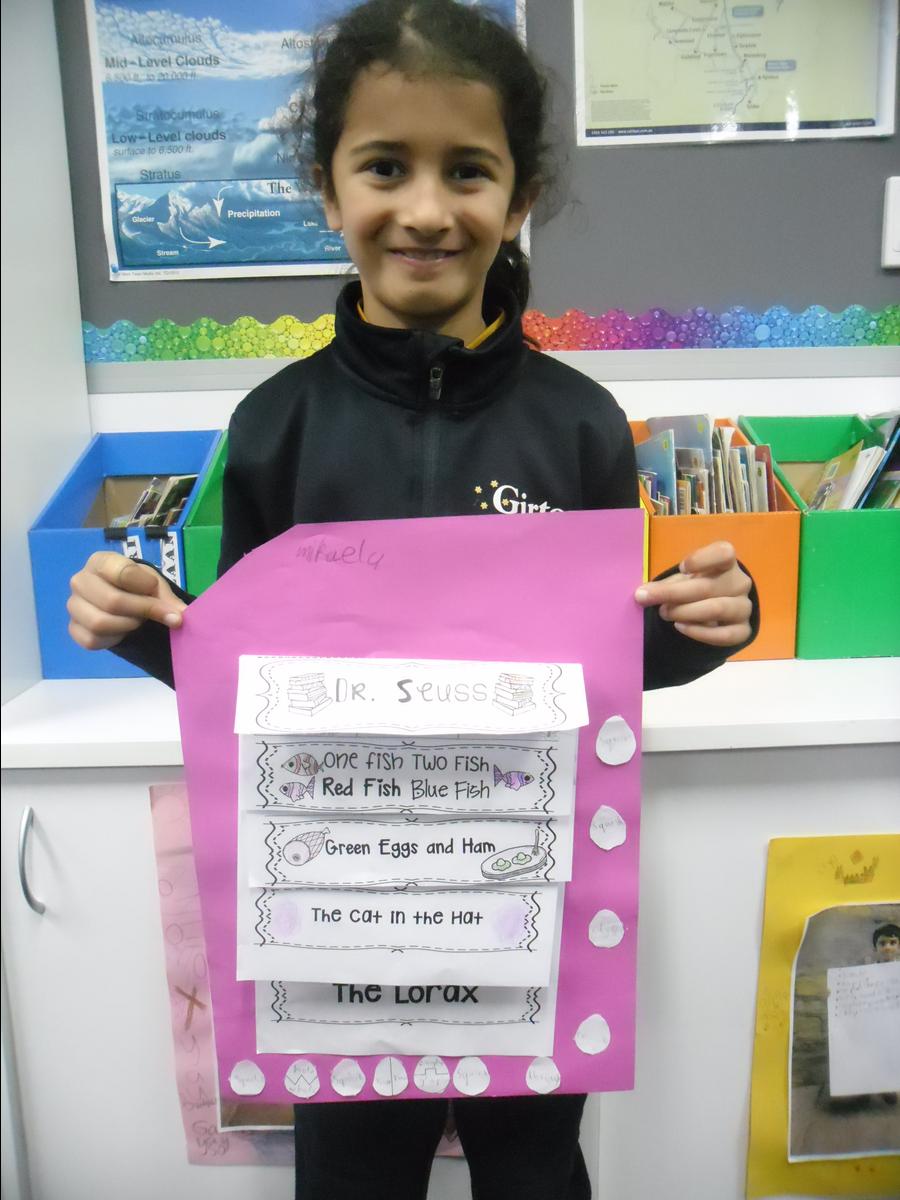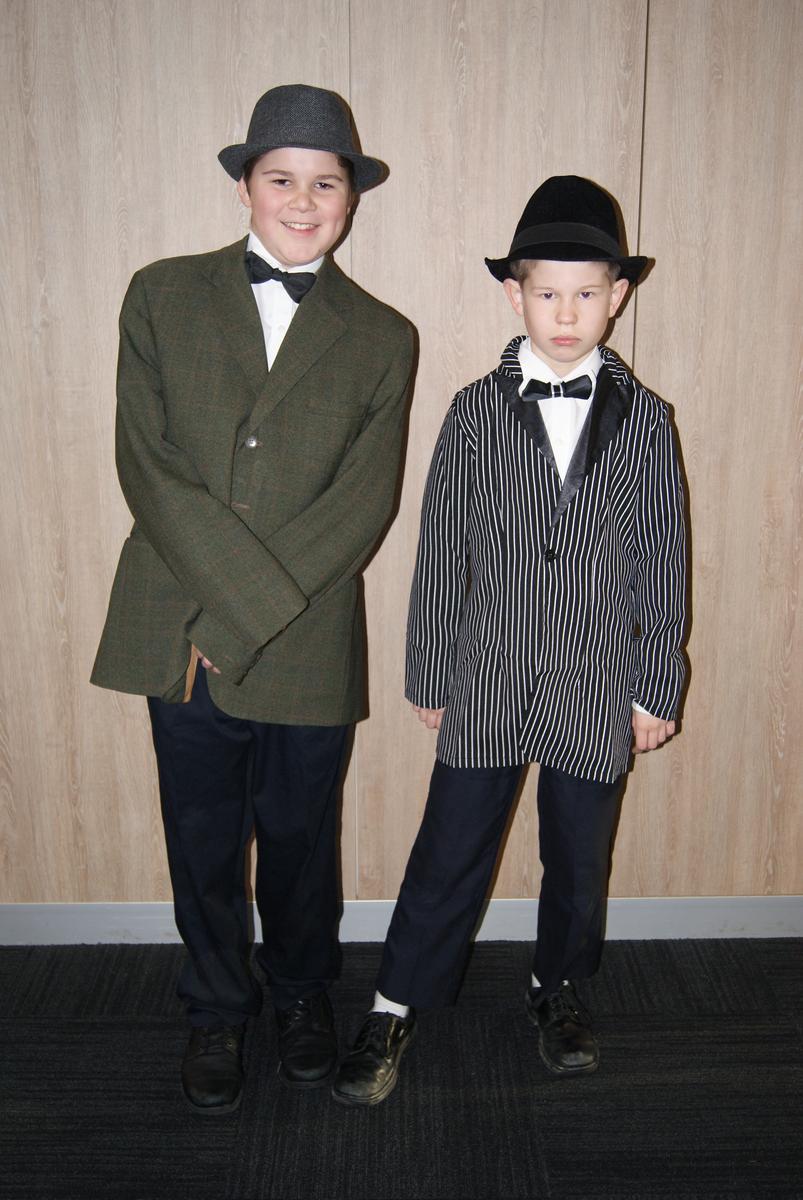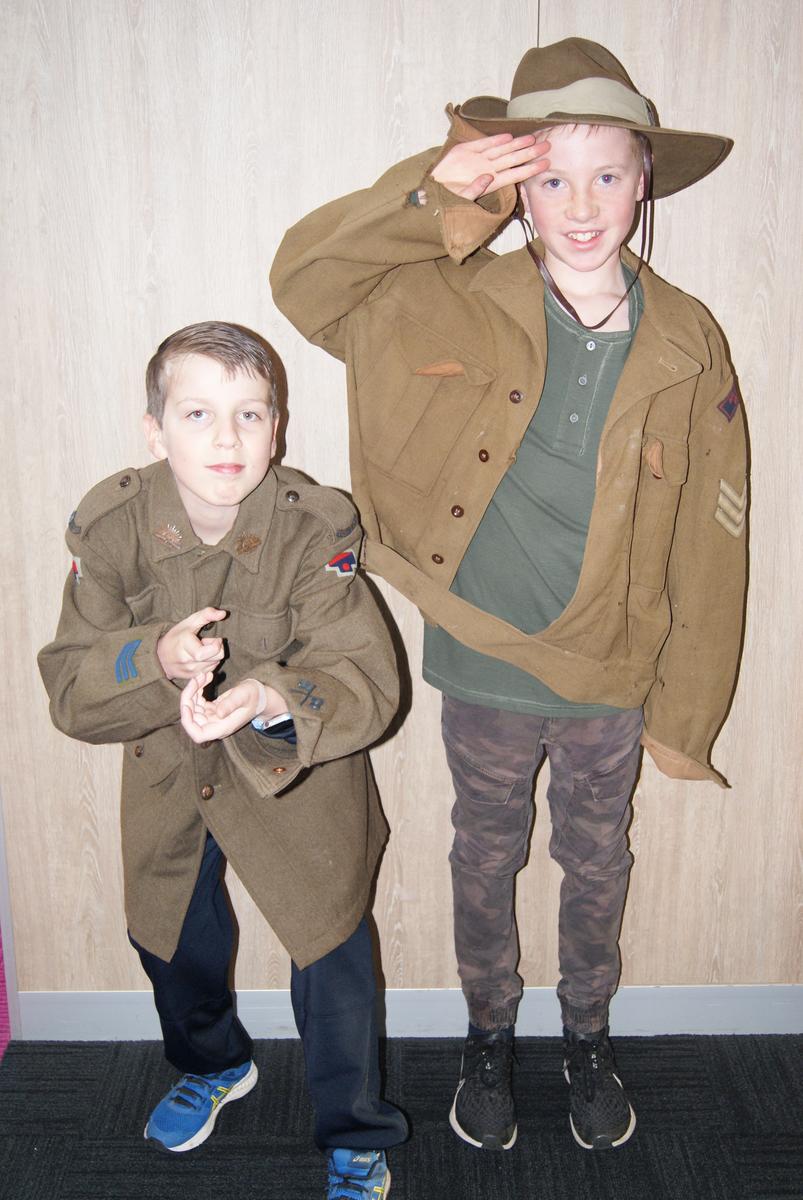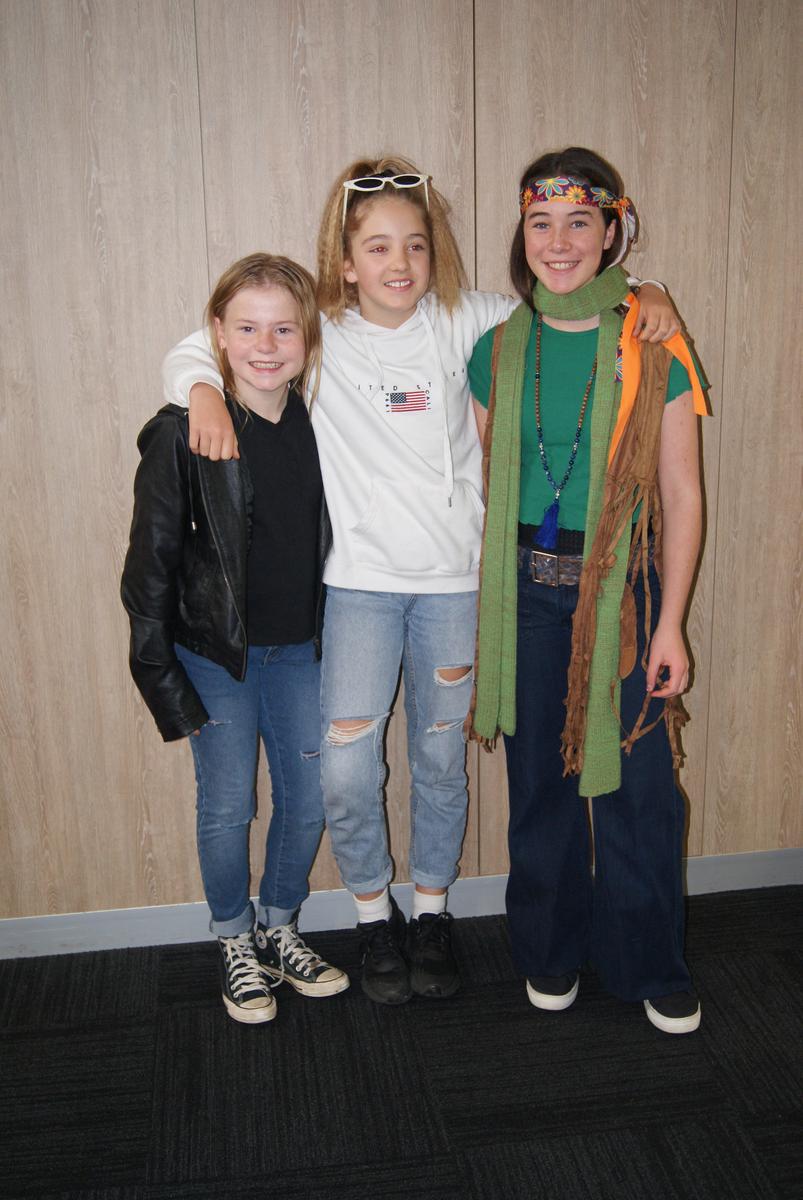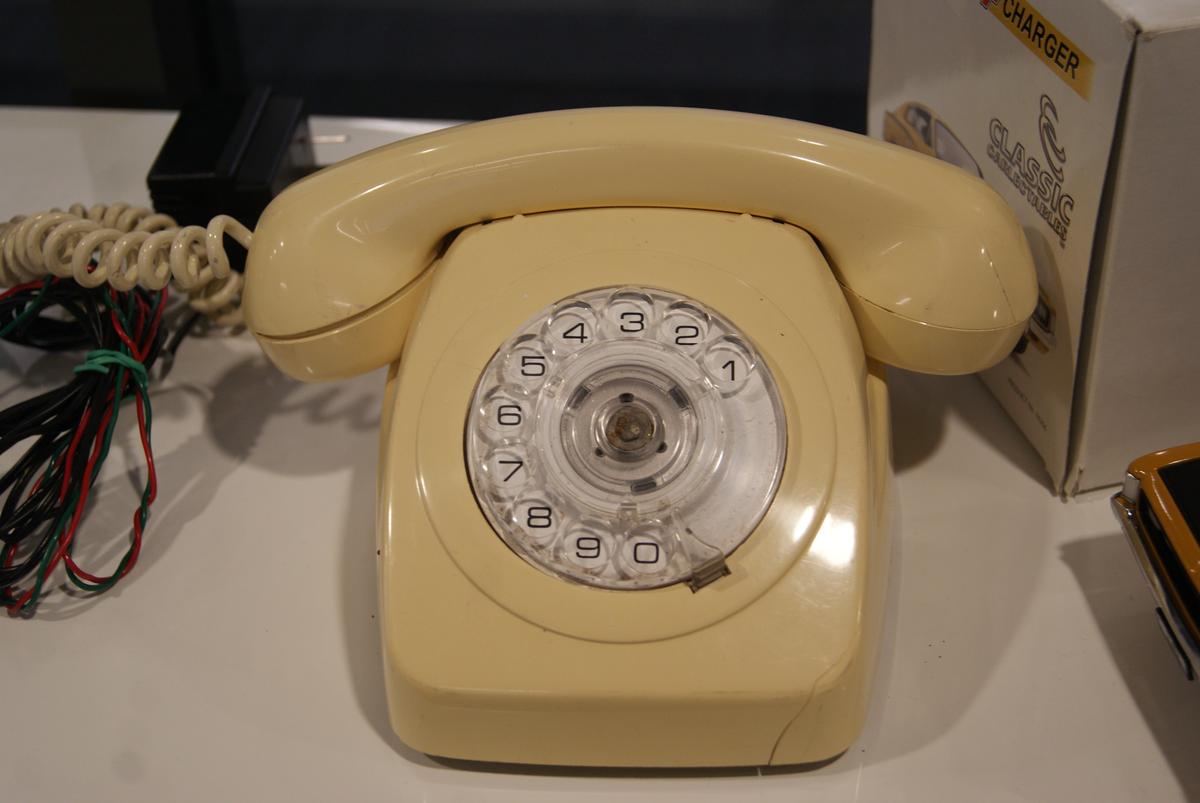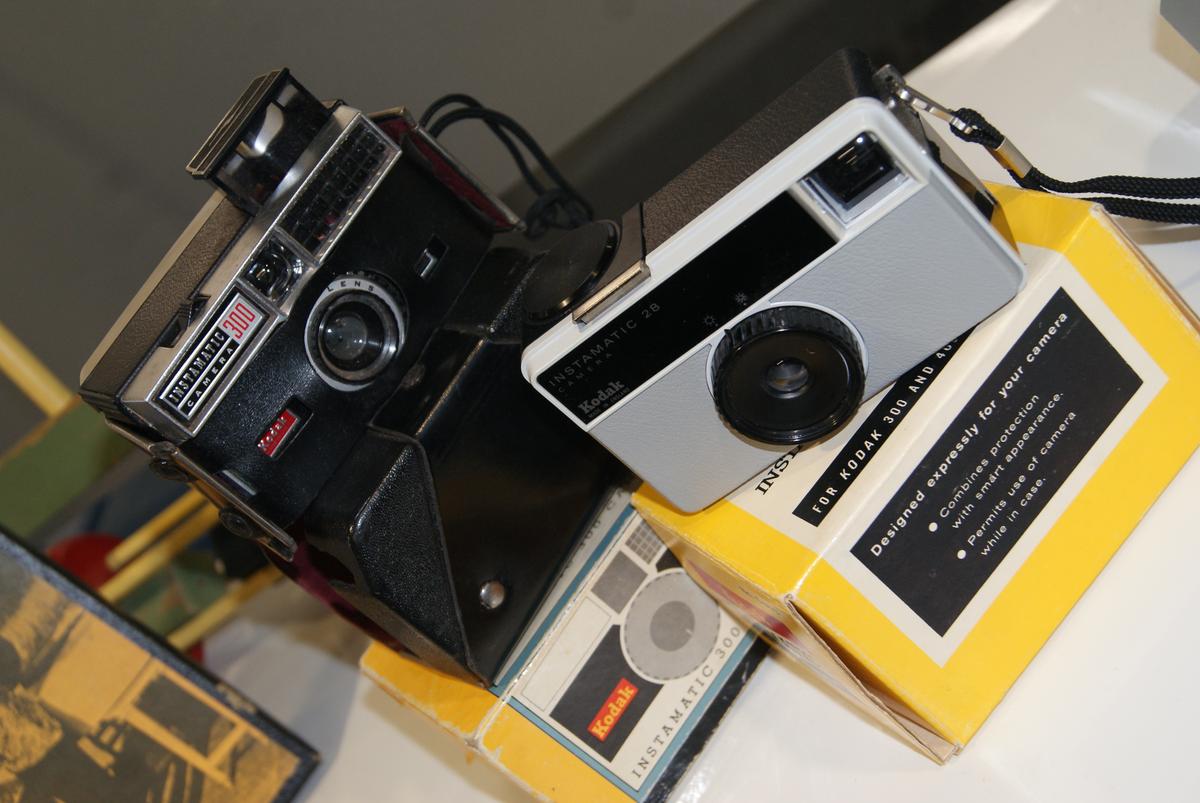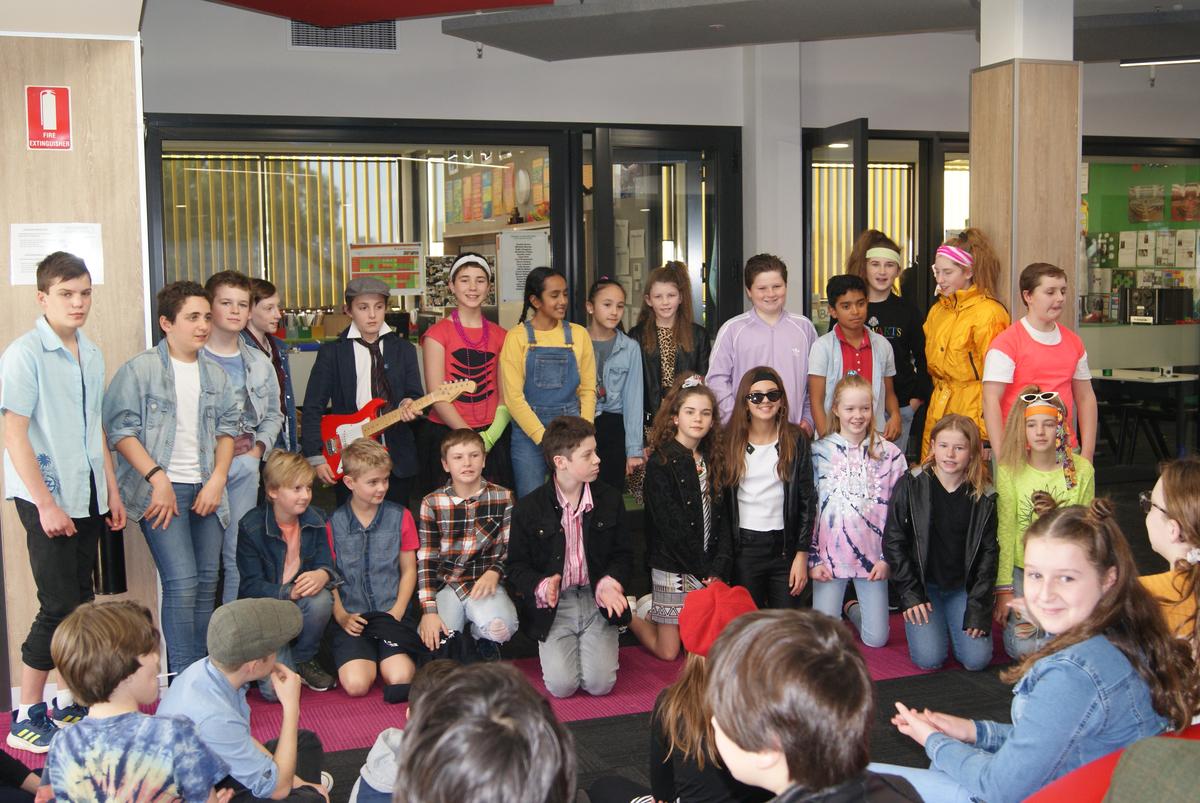Junior School News
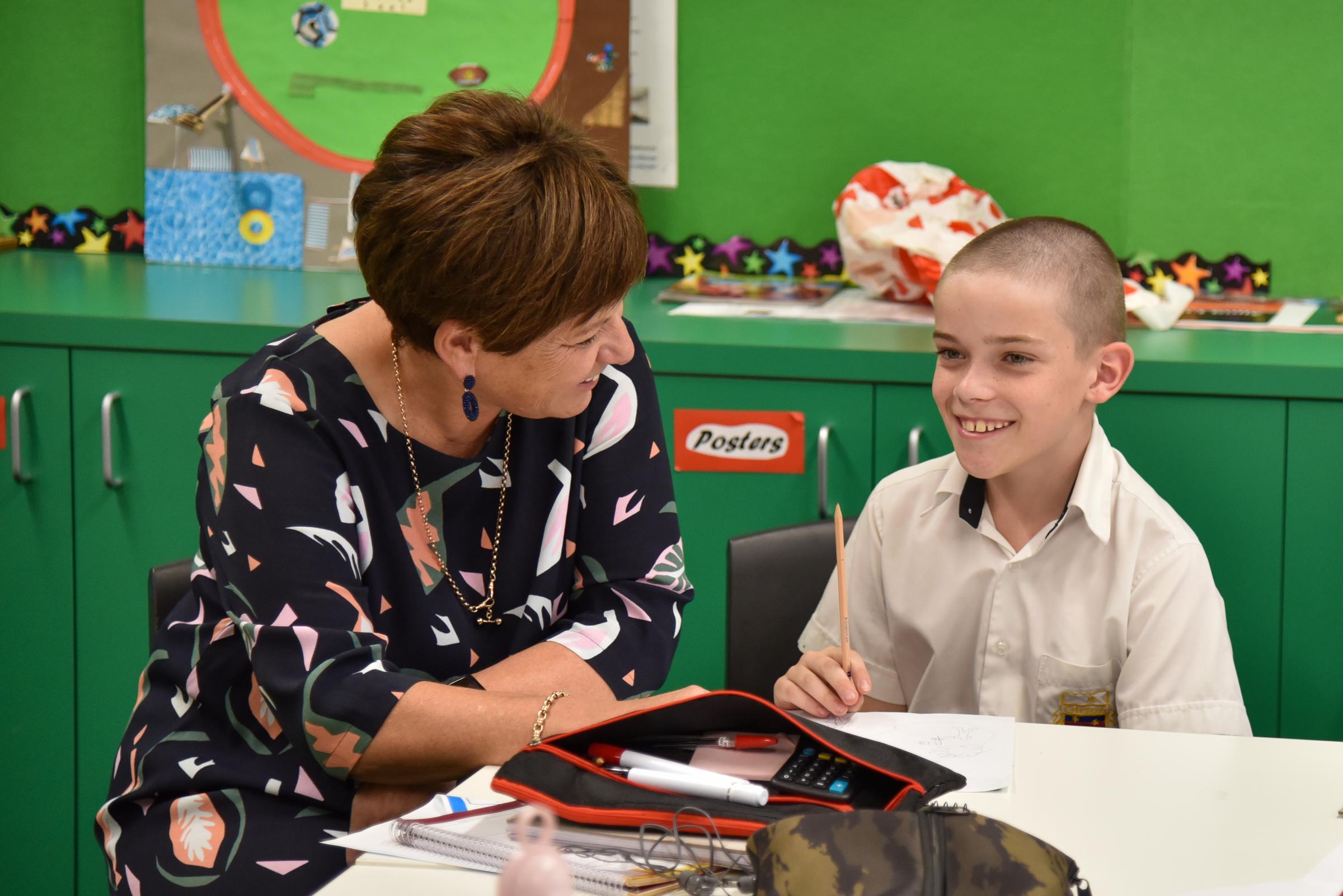
From the Head of Junior School
As we head into the mid-year break it is an apt time to reflect on how resilient our students have been over the past term. They have made a smooth transition back into the classrooms and have reconnected with their peers and their teachers. As I walk around the classrooms during the day, or the playground at lunchtime, it is very much back to “business as usual”. It is hard to believe that less than a month ago most of our school population was learning from home having been thrust into that situation 2 months prior. If we think back to the very beginning of the home learning period there was a great deal of anxiety, not just from students but also parents and teachers. Nevertheless everyone took up the challenge with confidence, made the necessary adjustments and got on with learning.
While it was not our preferred way of learning, we made the best of it and found new and creative ways to connect and to show what we had learned. There were some terrific photos, projects and videos created and shared. We even had one family join the school at the beginning of Term 2 who had never set foot on the grounds! They were introduced to their teacher and classmates through the remote learning programs and began learning with their classes online. I was amazed to see that they had a genuine and sincere connection with their classmates when they were finally able to come to school and meet some of them face to face 6 weeks later.
The resilience of our students was once again put to the test when our Prep-2 students were able to return to school. Many had never come onto the school grounds without their parents. Some may have been nervous at the first entry through the school gates after the Home Learning period but they still did it and, by the second day, were coming in confidently. This was repeated when the 3-6 students returned a fortnight later. Now that students are back at school and back into their normal routines it would be very easy to overlook how many changes have occurred for our students in a very short period of time and how well they have adapted to these changes.
What was reinforced for me during this term was what can be achieved by our students when they know that they are supported. The delivery was very different but made sure to communicate our confidence in their ability to succeed and thrive. The holiday break would be a great opportunity to spend some time reflecting on how much was learned, what was achieved under difficult circumstances and to congratulate our children for how they managed everything this term.
Mr Donald Thompson
Head of Junior School
We're Stuck
This week, the Year One students read ‘We’re Stuck’ by Sue De Gennaro. Sue De Gennaro is an author and illustrator. Her illustrations are quirky and funny and she has illustrated 20 picture storybooks. He book We’re Stuci was shortlisted by the Children’s Book Council of Australia (CBCA) in Early Childhood Category.
In Drama, the students acted out scenes from the book with cue cards. They got to choose their costume and develop a short skit from the story. In the classroom, some students were fortunate to participate in a zoom conference with Sue reading the book and discussing it with the students and also demonstrate their illustrative skills.
Year Two Literacy Studies
This week we’ve been working on Dr. Seuss books. We’ve read Green Eggs and Ham, 1 Fish 2 Fish Red Fish Blue Fish, The Lorax and The Cat In The Hat. Dr. Seuss books are all about rhyming and poems. I like that they are funny and are about rhyming and poems.
Mikaela Hall (2 Jones)
This week we’ve been looking at Dr. Seuss books. It has been a lot of fun. We read Green Eggs and Ham, The Lorax, 1 Fish 2 Fish Red Fish Blue Fish and The Cat In The Hat. Dr. Seuss books are all poems and rhymes. I liked it when I sorted things in Science. It was about The Lorax.
Audrey Sheng (2 Jones)
Year Six Decade Day
As a part of the Asia and Australia unit the Year 6 students have been studying Australian history in the Twentieth century. The students have recently completed a project in which they were required to research and present a PowerPoint on a decade in the twentieth century. This required them to look at such things as major events, famous people, inventions, music, fashion, entertainment and education in their decade.
On Wednesday, to celebrate the culmination of this unit of work, the students were asked to dress up in an outfit that represented a period of time in the twentieth century. It was an excellent finish to an interesting and informative topic.
RAISING RESILIENT PROBLEM SOLVERS by Michael Grose, Parenting Ideas
Personal problem-solving is an under-rated skill shared by resilient children and adults. First, identified alongside independence, social connection and optimism by early resilience-researchers in the US, the ability to solve your own problems is the basis of a child’s autonomy and self-efficacy.
When parents solve all children’s problems we not only increase their dependency on adults, we also teach kids to be afraid of making mistakes and to blame themselves for not being good enough. As I noted in my book Anxious Kids, this is fertile ground for anxiousness and depressive illness.
So how can we raise kids to be courageous problem-solvers rather than self-critical, low risk-takers? Here are six practical ideas to get you started:
Turn requests for help into problems for kids to solve
Kids get used to bringing their problems to parents to solve. If you keep solving them, they’ll keep bringing them. “Mum, Sarah’s annoying me” “Dad, can you ask my teacher to pick me for the team?” “Hey, I can’t find my socks!” It’s tempting if you are in a time-poor family to simply jump in and help kids out. Alternatively, you can take a problem-solving approach, cuing them to resolve their own problems and take responsibility for their concerns. “What can you do to make her stop annoying you?” “What’s the best approach to take with your teacher?” “Socks, smocks! Where might they be?”
Ask good questions to prompt problem-solving
A problem-solving approach relies on asking good questions, which can be challenging if you are used to solving your child’s problems. The first question when a child brings you a problem should be: “Can you handle this on your own?” Next should be, “What do you want me to do to help you solve the problem?” These questions are not meant to deter children from coming to you. Rather to encourage and teach them to start working through their own concerns themselves.
Coach them through problems and concerns
Imagine your child feels they were unfairly left out of a school sports team by a teacher and asks you get involved. The easiest solution may be to meet with the teacher and find out what’s going on. You may or not resolve the problem but in doing so you are teaching a child to become dependent on you. Alternatively, you could coach your child to speak to the teacher themself and find out why they were left out. Obviously, there are times when children need their parents to be advocates for them such as when they are being bullied, but we need to make the most of the opportunities for children to speak for themselves. Better to help your children find the right words to use and discuss the best way to approach another person when they have problems. These are great skills to take into adulthood.
Prepare kids for problems and contingencies
You may coach your child to be independent – walk to school, spend some time alone at home (when old enough), catch a train with friends – but do they know what to do in an emergency? What happens if they come home after school and the house is locked? Who do they go to? Discuss different scenarios with children whenever they enter new or potentially risky situations so that they won’t fall apart when things don’t go their way. Remember, the Boy Scouts motto – “”Be Prepared!
Show a little faith
Sometimes you’ve got to show faith in children. We can easily trip them up with our negative expectations such as saying “Don’t spill it!” to a child who is carrying a glass filled with water. Of course, your child doesn’t want to spill it but you’ve just conveyed your expectations with that statement. We need to be careful that we don’t sabotage children’s efforts to be independent problem-solvers with comments such as, “Now don’t stuff it up!”, “You’ll be okay, won’t you?” , “You’re not very good at looking after yourself!”
Applaud mistakes and stuff ups
Would a child who accidentally breaks a plate in your family while emptying the dishwasher be met with a ‘that’s really annoying, you can be clumsy sometimes’ response or a ‘it doesn’t matter, thanks for your help’ type of response? Hopefully it won’t be the first response, because nothing shuts down a child’s natural tendencies to extend themselves quicker than an adult who can’t abide mistakes. If you have a low risk-taking, perfectionist child, consider throwing a little party rather than making a fuss when they make errors so they can learn that mistakes don’t reflect on them personally, and that the sun will still shine even if they break a plate, tell a joke that falls flat or doesn’t get a perfect exam score.
As I’ve often said your job as a parent is to make yourself redundant (which is different to being irrelevant) at the earliest possible age. The ability to sort and solve your own problems, rather than step back and expect others to resolve them, is usually developed in childhood. With repetition and practice problem-solving becomes a valuable life-pattern, to be used in the workplace, in the community and in family relationships.

